
Part 1 of our “Discovering Teltonika” series
Table of Contents
In the world of industrial networking, decision-makers are often caught between two less-than-ideal choices: legacy solutions with high costs and long lead times, or inexpensive hardware that lacks the durability, flexibility, and security modern deployments demand.
But there’s a name quietly emerging as a reliable alternative – already trusted in over 150 countries and beginning to make serious moves in the U.S. market: Teltonika Networks.
If you work in connectivity, edge deployments, or IoT infrastructure, this is a brand you’ll want to have on your radar. And this post is just the beginning – the first in a series where we’ll explore what makes Teltonika different, how it’s being used today, and why it’s worth your attention.
Who Is Teltonika Networks?
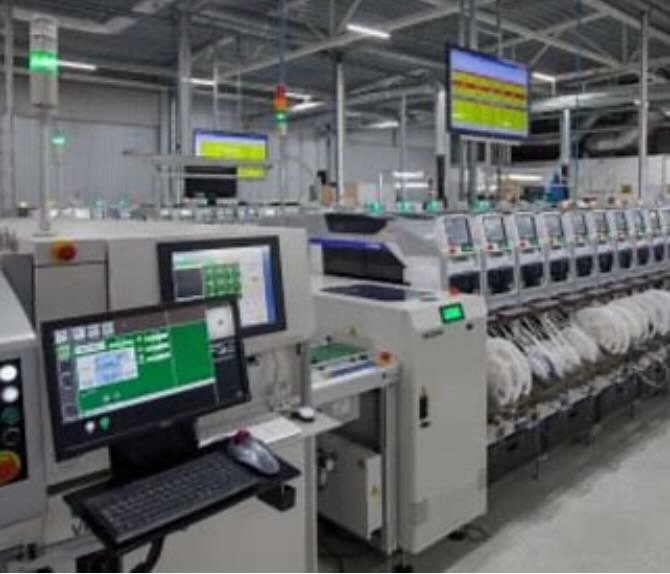
Teltonika Networks is a European manufacturer of industrial-grade networking hardware based in Vilnius, Lithuania. They design and produce routers, switches, modems, gateways, and a full suite of remote management tools – all built for secure, mission-critical, and often rugged environments. What sets them apart? For starters, they don’t just slap a logo on imported gear. Teltonika owns the entire process – from R&D to engineering to final assembly – all performed in-house. That level of control allows for faster innovation, strict quality assurance, and full transparency. It’s also a key reason Teltonika Networks products are TAA and NDAA-compliant, an increasingly important requirement in U.S. public sector and critical infrastructure projects.
Their solutions are already hard at work in transportation systems, energy infrastructure, point-of-sale networks, emergency services, and industrial automation. The Teltonika Networks product line isn’t built for the consumer – it’s designed for integrators, engineers, and operators who need to keep things connected where failure isn’t an option.
Built for the Real World, Not the Lab
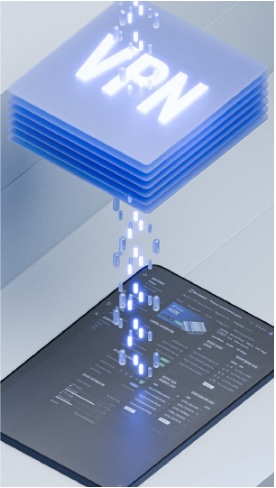
While many vendors promise “industrial-grade” connectivity, Teltonika delivers on it. Their devices are built with durability, security, and flexibility at the core – whether they’re installed in a utility box on the side of a road, a mobile medical unit, or a solar array in the middle of nowhere. For example, models like the RUT951 and RUTm50 offer dual SIM slots with failover, wide temperature tolerances, rugged enclosures, and built-in LTE and Wi-Fi connectivity. They also come with advanced software features like VPN support (OpenVPN, IPsec, WireGuard), remote monitoring, and automated alerts – ideal for both security and uptime.
This kind of reliability is key for industries that rely on always-on connectivity – and for integrators who want something they can install, configure remotely, and not worry about.
A Growing Footprint in U.S. Deployments
While still relatively under-the-radar in the American market, Teltonika is already behind some impressive deployments in the U.S. – and the use cases speak volumes. In public safety, Teltonika routers are being used to power FirstNet-enabled mobile command units, enabling secure live video streaming, GPS tracking, and dispatch communication from the field. With their rugged design and seamless LTE failover, devices like the RUT360 and RUTm50 5G are becoming increasingly popular with emergency responders looking for flexible mobile connectivity.
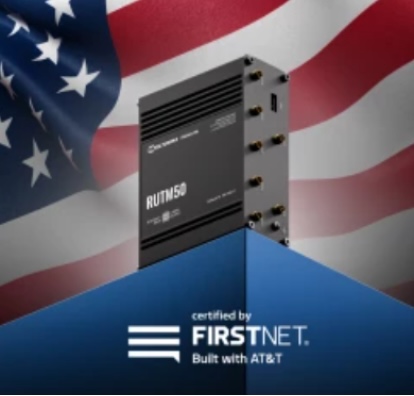
Retail chains are using Teltonika’s RMS platform and LTE routers to keep point-of-sale systems and payment terminals online during network outages. Because RMS allows remote monitoring, updates, and diagnostics, retailers can reduce truck rolls and maintain operations even across distributed locations.

In the renewable energy sector, solar companies are leveraging Teltonika gateways and modems to remotely monitor inverters and performance metrics at off-grid locations. These deployments show how robust LTE connectivity can enable real-time visibility and reduce downtime without sending crews to remote sites.
Meanwhile, logistics companies are using compact routers to add real-time tracking, geofencing, and sensor data capture to trailers and intermodal assets. The goal? Better visibility and security throughout the supply chain.

And in the smart city space, Teltonika is helping municipalities power connected signage, traffic management, and public infrastructure. One great use case comes out of the UAE, where their routers are enabling remote monitoring and configuration of digital traffic signs, improving efficiency and reducing costs for maintenance teams.
These aren’t theoretical solutions – they’re real-world deployments solving critical challenges at scale.
Channel-Driven, Partner-Focused
One of the things I personally appreciate most about Teltonika Networks is how partner-friendly they are. Unlike vendors that compete with resellers or treat channel partners as an afterthought, Teltonika is truly channel-first.
They offer value-added resellers (VARs), MSPs, and integrators access to:
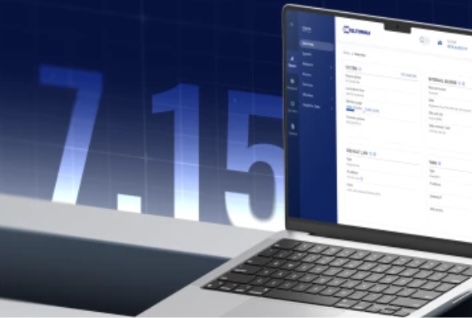
- Preconfigured and white-labeled devices
- Remote Management System (RMS) customization and branding
- Full API access for integrations
- Technical support and training
- U.S.-based inventory and distribution partners
This makes Teltonika an ideal partner for companies offering bundled connectivity, managed services, or full-stack IoT deployments. Whether you’re building smart infrastructure or provisioning devices across a nationwide footprint, the business model – and the hardware – are built to scale.
Teltonika’s Sweet Spot
Let’s face it – no one wants to overpay for enterprise networking gear, especially if it’s just meant to keep a kiosk, charger, or sign online. But most low-cost alternatives can’t meet the uptime, flexibility, and security requirements of today’s edge applications.
Teltonika hits a much-needed middle ground:
Enterprise-grade reliability without enterprise-grade pricing.
It’s gear that’s durable, proven in the field, secure by default, and ready to scale – whether you’re managing five locations or 5,000.
What’s Next in This Series
This post is just the start of an ongoing series we’re calling “Discovering Teltonika”, where we’ll dive deeper into the company’s product families and what makes them unique.
Coming up next:
📌 Industrial Routers: What Sets Teltonika Apart from the Usual Players – a detailed look at the RUT, RUTx, and RUTm series, plus real-world examples of how they’re deployed.
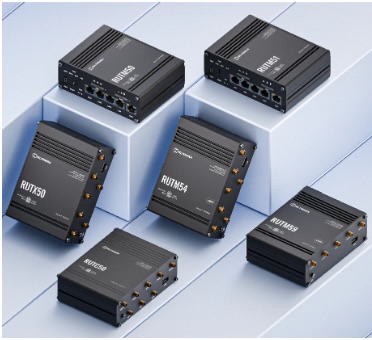
If you’re working on connectivity projects or looking for reliable edge networking solutions, follow along. This series will break down all you need to know in practical terms, not marketing fluff.

